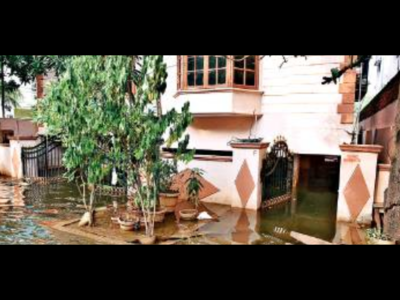The Times of India 03.09.2010
MIDC plans to set up STPs and effluent treatment plants at Hinjewadi and Ranjangaon
PUNE: A month after minister for environment Jairam Ramesh pointed at fast degradation in the quality of the Mutha and Mula rivers, the Maharashtra Industrial Development Corporation (MIDC), Pune division, has planned to set up an effluent and industrial waste treatment plant at Ranjangaon MIDC. It also has plans for a sewage treatment plant at Hinjewadi, besides augmenting the capacity of the existing one.
The district administration recently prepared a report on release of sewage and effluents in the Bhima river and its tributaries. The report says that besides Pune and Pimpri-Chinchwad municipal corporations, untreated sewage is released into the rivers by 10 municipal councils, three cantonment boards, nine industrial areas, MIDCs and about 196 villages in the district.
An MIDC official said, “About 1.7 MLD untreated sewage is released into the river daily from the Hinjewadi industrial area. The MIDC has already installed one STP in the area. Besides, work has been undertaken to augment its capacity to 4.5 MLD. It will be completed by this month end.”
“As more industries are beginning operations in Hinjewadi, the MIDC has a plan to install additional STPs in phase III. It will be installed as and when required,” said the official. The MIDC does not have any plan to set up effluent units at Hinjewadi as there are no manufacturing or industrial units, he added.
“The effluent treatment plant will come up at Ranjangaon MIDC with the capacity of 6 MLD, since the number of manufacturing units have gone up there,” said and official. He added that the MIDC has already provided primary treatment plants.
According to the MIDC rules and regulations, it is mandatory for all units under medium and large factories to set up sewage treatment plants, according to their respective products. The MIDC has already set up effluent treatment plants in Talegaon and Chakan MIDC areas.
According to officials, the treatment plants in both these areas have excess capacity, as compared to the generation of sewage.
According to the report of the district administration, there are nine industrial units in the district, which produce 112.5 MLD sewage every day. Of which around 110.8 MLD sewage is treated. Besides this, 28.22 MLD sewage is generated every day at seven big industries, of which all the sewage gets treated.


